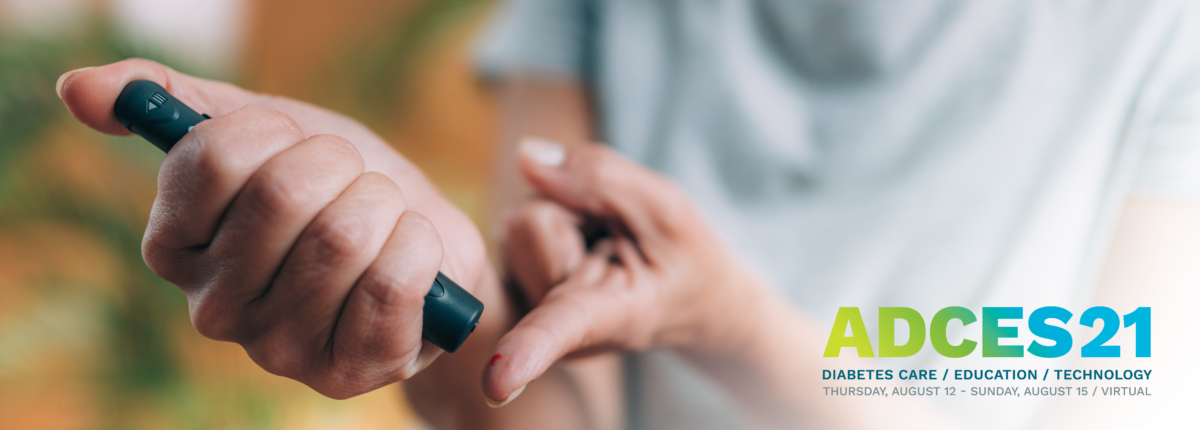Using Facebook to Improve Diabetes Management
Lately, social media, especially Facebook, are places where people with diabetes share their experiences of living with it or provide tips and resources to others struggling with type 2 diabetes. But still, a couple of health professionals address how using Facebook can help improve diabetes management.
How Can a Collaborative Facebook Group Improve Diabetes Management?
Lorena Drago, registered dietitian, author and certified diabetes education and care specialist along with Miguel Johns who has a degree in exercise science, is an entrepreneur, founder and CEO of King Fit, shared their experience and some ideas to take advantage of Facebook to involve people living with diabetes in a unique and new way in managing their living condition. Facebook is a great resource for connecting people from all over the world and this undoubtedly has great advantages.
For Miguel Johns, the use of Facebook led him to create two pages: Diabetes Care and Diabetes Care in Spanish. Both pages are available to anyone interested in learning more about any type of diabetes, either in English or Spanish. Using Facebook helps them continue to reach more demographics, engage and enroll them in their diabetes management programs that they know will improve their health.
When using social networks to involve people in diabetes management, some aspects must be considered, such as:
- Demographic group. 40 percent of people aged 65 and overuse social networks and almost 75 percent of the population aged 50 to 64 years.
- People look to different resources to solve different problems at different times.
- Observing what they are talking about and how they are talking about it.
- What and how they need the information.
- Remembering that social networks try to generate trust, and this requires them to be constant.
- Creating valuable content and answering the questions asked by the population to build trust by taking advantage of the skills you have is necessary.
- Seeking to get feedback and learning from that experience.
Today, there are about four billion videos that are viewed every day on Facebook. These videos have different formats from long seminars to short sessions, educational videos to videos with animations. Finally, all types of formats are useful as this is how different types of populations with different needs are reached.
Videos, according to both presenters, are very effective because most people prefer to get information visually.
Incentives of Using Social Media
On many occasions, diabetes educators talk about incentives that can be useful in diabetes education sessions, for example: how many weeks of menus to deliver or the information to provide. However, what motivates people to participate are the benefits they perceive and experience, such as feeling good, having the knowledge and applying it in daily life, for example, at a party when they know what and how much to eat.
In many cases, the incentives are not enough to follow a program or enroll in a program, but they have no effect if the patient cannot see the benefits and continues to have discomfort such as getting up at night due to the effects of their blood glucose (sugar) level.
It is important to know that 40 percent of the changes in behavior do not happen by reading the information in brochures or by attending a class but are motivated in a supportive environment among peers together with health professionals and follow-up. An engaged patient communicates with the healthcare professional to share information so they can help them continue to improve.
With this type of support and cooperation programs among peers, it was found that users improved up to 9 percent in their general health, 26 percent in pain management and 29 percent in their physical function after three months.
Benefits of Using Social Media
The benefits of using social networks as the beginning of a teaching-learning process are many. The support that can be found, the management of information, the diversity of teaching methods that adapt to the needs of different people and different moments, downloads of information brochures, electronic books, guides, cookbooks, identification when sharing between peers, among many others, makes this resource an unlimited source of knowledge and information that is useful both for people living with diabetes and for health professionals.
For more information, you can find Lorena Drago on her social networks as well as on her website.





